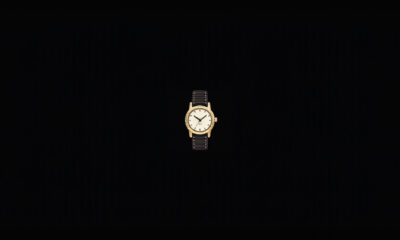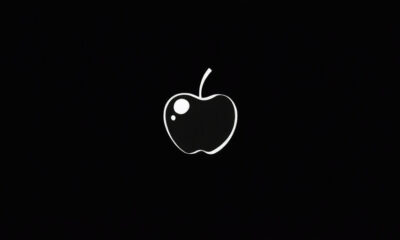iOS 26 introduces Liquid Glass, Apple’s ambitious new design language poised to redefine the look and feel of its operating systems. This innovative approach emphasizes depth and transparency, bringing a fresh perspective to the iOS user experience. Having explored the public beta, here’s a breakdown of what to expect from Liquid Glass and other exciting iOS 26 features.
Unveiling Liquid Glass: Transparency and Depth
Liquid Glass departs from the flat, minimalist aesthetic of recent iOS versions. It embraces layered interfaces, making elements like buttons and controls appear translucent, revealing what lies beneath. This “glass-like” effect bends and refracts light, creating a visually engaging and somewhat skeuomorphic experience.
Where Does Liquid Glass Shine?
This new design is visible throughout iOS 26. Many of Apple’s core apps, like Music and News, feature redesigned controls at the bottom of the screen. These controls are now consolidated into a pill-shaped form that minimizes when scrolling, maximizing screen real estate. The glass-like transparency adds depth, with content behind the controls subtly bending and refracting. The Control Center provides another striking example, displaying your home screen behind the controls when swiped down.
Addressing Early Concerns
Initial developer betas of iOS 26 faced criticism regarding the visibility of controls in the Liquid Glass-ified Control Center. Apple has addressed many of these issues in the public beta. However, some readability challenges remain, particularly with app and folder labels against bright or busy wallpapers. Fortunately, iOS 26 emphasizes personalization, allowing you to adjust transparency levels within the Accessibility settings.
Streamlined Interface and Enhanced User Experience
Liquid Glass extends beyond mere transparency; it’s about optimizing screen real estate and streamlining the user interface. The goal is to display as much content as possible by strategically minimizing or hiding controls when they’re not needed.
Minimizing Controls for Maximum Content
Many apps, like News, Messages, and Music, now feature controls that minimize into a single icon while scrolling. A tap expands them. While generally effective, streamlining in certain areas, such as the Camera app, might require further refinement. The camera app now only has photo and video options, but you can swipe to see more modes. This might be problematic for some users because there aren’t any visual cues.
Personalization: Making Liquid Glass Your Own
Worried about the pervasive transparency? iOS 26 offers extensive customization options. You can reduce transparency levels and even customize app icons. Liquid Glass icons are not enabled by default, which is a great move by Apple to make the change less abrupt. This approach allows users to ease into the new design gradually, catering to individual preferences and needs.
Final Thoughts on iOS 26 and Liquid Glass
Liquid Glass represents a compelling design evolution for Apple, potentially ushering in a return to software designs reminiscent of real-world objects. While further refinements are expected before the official iOS 26 launch, the public beta offers a promising glimpse into the future of iOS. Apple has created something truly interesting, and hopefully they iron out the kinks before the official iOS 26 launch. If you’re eager to experience Liquid Glass firsthand on iOS, macOS Tahoe, iPadOS, tvOS, or watchOS, consider joining the Apple Beta Software Program.













